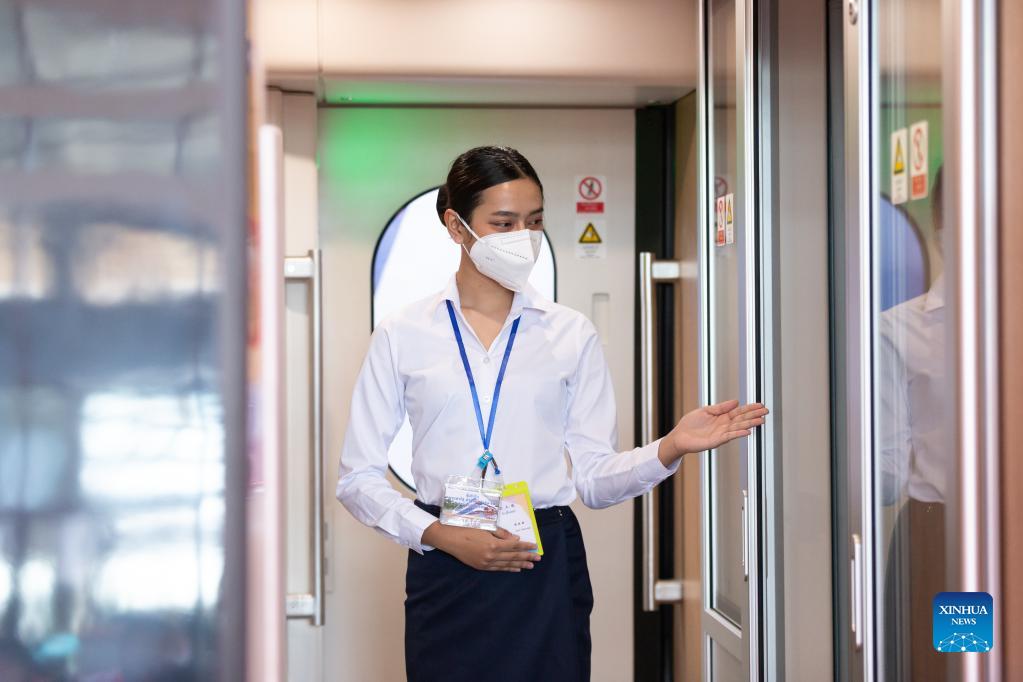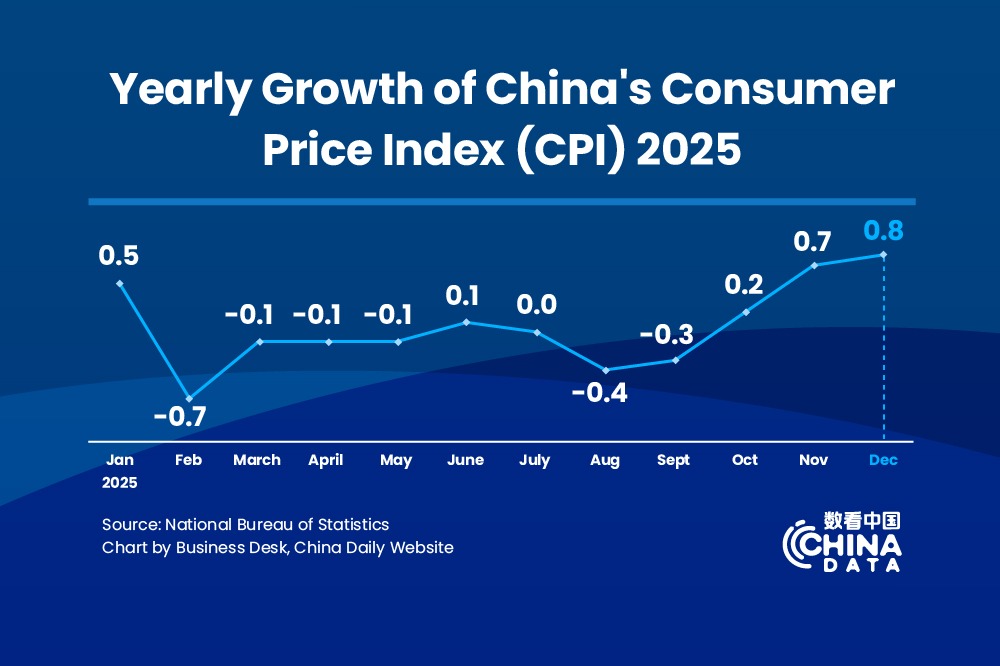Belt and Road projects yield fruits, forge ahead amid pandemic in Asia-Pacific


HONG KONG -- In early December, landlocked Laos took a quantum leap toward the nation's dream of becoming a land-linked hub thanks to the inauguration of the China-Laos Railway.
Laos is the only nation in Southeast Asia without direct access to the sea. Lao President Thongloun Sisoulith called the occasion "a proud moment and the dream of all ethnic groups of Laos."
The first electrified railway in Laos was made possible by the China-proposed Belt and Road Initiative (BRI). China's grand plan for a better-connected world was also behind Vietnam's first metro line, which went into commercial operation in capital Hanoi in November.
The Asia-Pacific is home to an extending infrastructure network which was further energized over the past year by new bridges, dams, highways, power lines and railroads, among other BRI projects. Even the COVID-19 pandemic did not slow down work for long. The East Coast Rail Link in Malaysia had almost its entire staff fully vaccinated by October.
Around the world, 141 countries and 32 international organizations, including 19 UN agencies, have participated in the BRI.
CHINESE TECHNICAL STANDARDS
In Bangladesh, the awe-inspiring Padma Bridge nears completion. The rail-road bridge is expected to speed up development and poverty reduction in the southwest of the riverine country, and to complete a key link in the envisaged trans-Asian rail network.
The Padma Bridge has 40 piers sunk into the sandy riverbed. According to Bangladeshi project engineer Dewan Muhammad Abdul Kader, "Every pier and span presented numerous challenges" to the Chinese engineers.
The China-Laos Railway has 75 tunnels in the 422-km Laos section. There -- and in Belt and Road projects elsewhere -- advanced technology and techniques are making short work of geological complexities.
Chinese management and technical standards are extensively applied. VR systems providing a virtual workplace for safety training help protect Malaysian workers, while state-of-the-art equipment like China's tunneling machines boosts progress in building the railway in eastern Malaysia.
Phase-II of the Karakoram Highway was declared one of the best projects in the world this year by US weekly Engineering News-Record in September. Part of the China-Pakistan Economic Corridor, the highway is just one of 46 corridor projects underway or completed. Pakistan sees the corridor as a gamechanger for its national development.
CLEAN AND GREEN
No more coal-fired power plants will be built as part of the BRI, and a large number of hydropower projects are completed, underway or in the pipeline.
Notably, the Sirindhorn Dam in northeastern Thailand combines a floating solar farm with an existing hydropower plant. The Thai government plans to reproduce this model in 15 other locations as part of its climate commitment to a green low-carbon growth.
All Belt and Road projects are constructed in an environment-friendly manner, with a strong imperative to protect the local ecosystem. Construction of the railway created some 110,000 jobs in Laos, but the route remains just as verdant and lush as before the earthmovers arrived.
"After construction, revegetation goes. This is not just high-quality engineering, but also common sense. We want to leave the trackside in the condition we found it," said chief engineer Huang Daiwen. Huang's team has even applied for a patent for "roadbed slope revegetation devices" developed during their work in Laos.
Building hydro dams, of course, takes into account habitat protection for terrestrial wildlife. In the water, dams on the Nam Ou River in Laos have been restocked with native species of fish. Over 2 million fry have been released into the river over past years. And that's not just good for the health of the biosphere, it's good for local people too. Fish restaurants have sprung up, attracting customers from Luang Prabang, dozens of kilometers away. Songkham Yathika, 55, likes boasting about his personal journey from mountain man to fisherman to restaurateur.




































